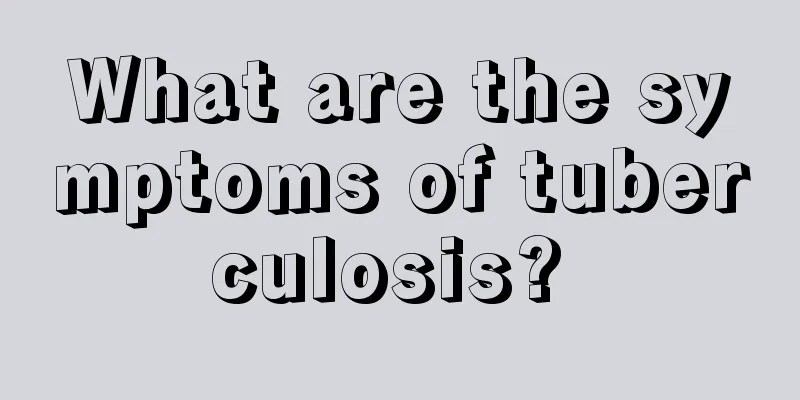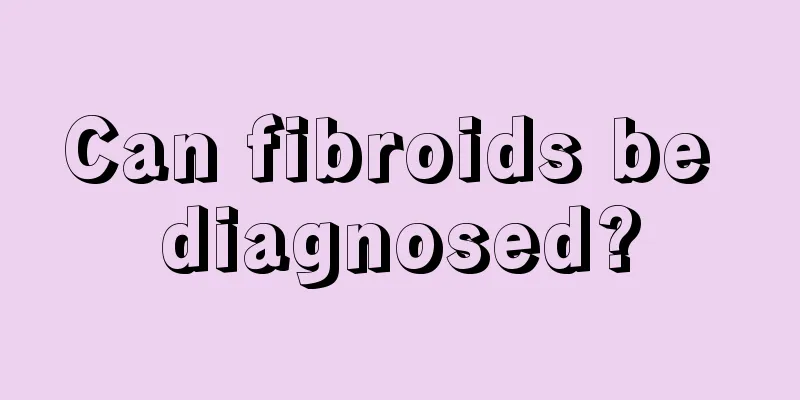How to treat cerebral hemisphere tumors? What are the treatments for cerebral hemisphere tumors?

|
The clinical manifestations of tumors in different brain hemispheres are different. No matter what kind of symptoms they are, they will damage the patient's health, so active treatment is necessary. Currently, surgical treatment is the most basic way to treat this disease, followed by supplementary treatment, that is, radiotherapy and chemotherapy. Cerebral hemisphere tumors are a very common type of brain tumor in clinical practice. Because the tumors grow in different locations, the symptoms that people experience after becoming ill are also different. For example, when the tumor compresses the frontal lobe, the patient often has a cold expression, while when it compresses the precentral gyrus of the human body, the patient will have symptoms of hemiplegia. In addition, epilepsy and increased intracranial pressure are also very common, so timely treatment is required after the onset of the disease. So, how to treat cerebral hemisphere tumors? 1. Surgical treatment of cerebral hemisphere tumors This method is currently one of the most basic ways to treat cerebral hemisphere tumors. In clinical practice, if the site of tumor growth can be removed by surgery, then this method is given priority. Some patients have impaired consciousness or have symptoms of brain herniation, so surgical treatment can be used as an emergency measure to completely remove the tumor through surgery. However, some tumors grow deeper or have invaded the patient's neural structure, so only partial resection and decompression can be performed, such as bone craniotomy and cerebrospinal fluid shunt surgery, etc. These surgeries can be used to relieve the symptoms of increased intracranial pressure. 2. Radiation therapy for cerebral hemisphere tumors 1. Conventional radiotherapy It is suitable for patients who are sensitive to radiation, and linear accelerators and 60CO treatment machines are mostly used for treatment. 2. Stereotactic radiosurgery If the patient's tumor diameter is less than 3cm, stereotactic radiation can be performed, such as with the γ-knife, which is clinically effective. However, when the patient's tumor diameter is larger, the X-knife can be used, but its overall effect is not as good as that of the γ-knife. 3. Radionuclide internal radiation therapy Patients with cystic craniopharyngeal tumors can be treated in this way, while the commonly used radionuclides for invasive pituitary tumors and other cerebral hemisphere tumors are 32P, 90Y, etc. In addition, if the patient's tumor tissue is prone to spread in the subarachnoid space, then whole brain and spinal cord irradiation is required. 3. Chemotherapy of cerebral hemispheric tumors Chemotherapy is actually a supplementary treatment for cerebral hemisphere tumors, because it is performed on the basis of surgical resection of brain tumors. Generally speaking, the less tumor tissue there is in the patient's body after cerebral hemisphere tumor surgery, the more significant the effect of chemotherapy will be. Currently, the commonly used chemical drugs in clinical practice include nitrosoureas, methyl procarbazine, etc. |
<<: What are the consequences of not treating brain tumors? What are the causes of brain tumors?
>>: What are the symptoms of brain tumors? Be careful if you have these 10 symptoms
Recommend
What is the treatment plan for recurrent laryngeal cancer
Chronic laryngeal cancer may endanger the patient...
How to reduce fat on waist
The gradual increase of fat on the waist has brou...
Hormone therapy should be used with caution for lymphoma
Common clinical manifestations of malignant lymph...
Women should never sleep with this thing between their legs
Sleeping is the most important thing in life. Goo...
What to do if blisters on feet are itchy
Many causes of blisters on the feet are due to fo...
Which department should I go to for back pain
In life, our human body sometimes stops working a...
What are the endocrine organs?
When it comes to endocrine, everyone will think o...
Is the blood from the lower body caused by cervical cancer contagious?
Cancer is not contagious, don't worry. It won...
How many cordyceps should be put in one pound of wine?
Cordyceps sinensis has been very popular recently...
What should I do if my foot joints hurt when using air conditioning?
In the hot summer, air conditioners have become a...
What medicine should I take for cervical cancer
Cervical cancer is a common disease. There are ma...
How to care after chemotherapy for melanoma
Malignant melanoma patients will experience many ...
The protruding bone on the back of the head
We may have seen that when we were young, our par...
We need to understand the symptoms of colorectal cancer as early as possible
Now, the incidence of colorectal cancer is gradua...
What abnormal clinical symptoms do melanoma patients have?
Melanoma is a rare malignant tumor that mainly or...









